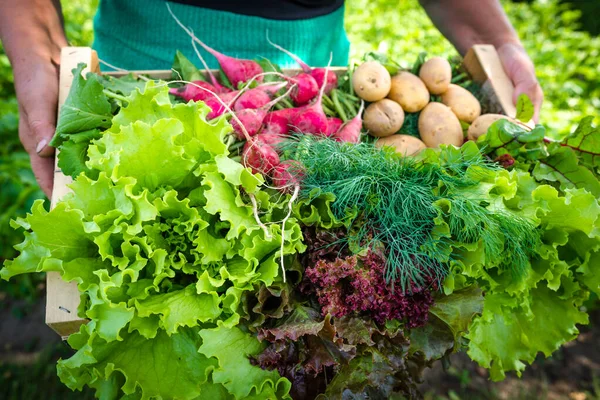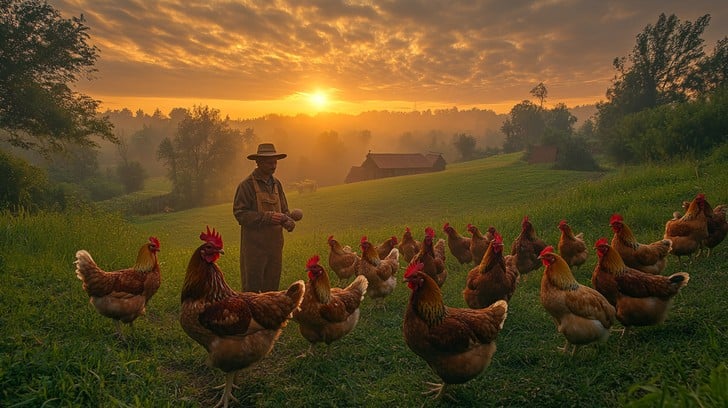Sustainable living isn’t just a trend—it’s a lifestyle that benefits both the planet and our daily lives. On our 15-acre homestead, we’ve embraced practical, low-cost, and eco-friendly methods that reduce waste, conserve resources, and improve self-sufficiency. Here are 10 ways we live sustainably every day.
1. Growing Our Own Food

Producing our own vegetables, fruits, and herbs reduces our dependency on store-bought goods and eliminates packaging waste.
Seasonal Planting
We rotate crops and plant according to the seasons to ensure year-round fresh produce and healthier soil.
2. Raising Backyard Livestock
Chickens, goats, and bees not only provide food—eggs, milk, and honey—but also contribute to a balanced ecosystem.
Natural Animal Care
We prioritize organic feed, natural remedies, and preventive care over chemical-based solutions.
3. Composting Kitchen and Garden Waste
Nothing goes to waste when food scraps and garden trimmings are turned into nutrient-rich compost.
Soil Health Boost
Our compost nourishes garden beds, reducing the need for store-bought fertilizers.
4. Rainwater Harvesting
We collect rainwater in barrels to water our gardens and hydrate livestock during dry spells.
Water Conservation
This practice lowers our water bills and reduces pressure on local water systems.
5. Using Renewable Energy
Solar panels help us power parts of our homestead without relying entirely on the grid.
Off-Grid Potential
By slowly adding renewable systems, we aim to be energy-independent in the future.
6. Practicing Rotational Grazing
Our goats and chickens are rotated through different pasture areas to prevent overgrazing and promote healthy soil.
Natural Fertilization
Animal manure enriches the soil naturally, eliminating the need for chemical fertilizers.
7. Reducing Single-Use Plastics
We store food in glass jars, use cloth shopping bags, and choose reusable products over disposables.
Long-Term Savings
Investing in reusable items saves money over time and cuts down on landfill waste.
8. Preserving Food for the Off-Season
Canning, dehydrating, and freezing help us enjoy garden produce even in winter.
Reducing Food Waste
Preservation ensures that surplus harvest doesn’t go to waste.
9. Making Natural Cleaning Products
We make our own soaps and cleaners using vinegar, baking soda, and essential oils.
Non-Toxic Home
This keeps harmful chemicals out of our living spaces and water supply.
10. Supporting Local and Bartering
We trade excess produce, eggs, and honey with neighbors in exchange for goods and services.
Strengthening Community
This builds relationships and reduces the need for mass-produced, store-bought products.
FAQs
1. Do I need a large property to live sustainably?
No, many sustainable practices like composting, rainwater collection, and growing herbs can be done in small spaces.
2. How much does it cost to set up a rainwater harvesting system?
Basic barrel setups can cost under $100, while larger systems may require more investment.
3. Is composting difficult for beginners?
Not at all—start with a small bin, mix greens (food scraps) and browns (dry leaves), and turn it occasionally.
4. How do you store preserved foods safely?
Use sterilized jars, follow tested recipes, and keep preserved items in a cool, dark place.
5. Can sustainable living really save money?
Yes, while some practices require upfront costs, the long-term savings on food, energy, and products can be substantial.





